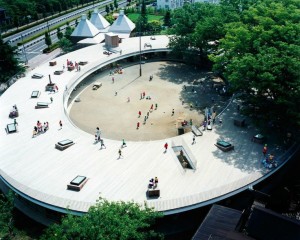 I recently attended a learning spaces conference in Singapore. One of the keynote speakers at the conference was Japanese architect Takaharu Tezuka, known for his TED talk “The best Kindergarten you’ve ever seen“. It was wonderful to hear him speak, but one statement really struck a cord. He said, “Your children are waterproof.” He was speaking to the re-action of parents regarding the schools design, which allowed for it to be open air for periods in the year. Yet to me the statement wasn’t just about the rain, it underlined how we fear risk in schools.
I recently attended a learning spaces conference in Singapore. One of the keynote speakers at the conference was Japanese architect Takaharu Tezuka, known for his TED talk “The best Kindergarten you’ve ever seen“. It was wonderful to hear him speak, but one statement really struck a cord. He said, “Your children are waterproof.” He was speaking to the re-action of parents regarding the schools design, which allowed for it to be open air for periods in the year. Yet to me the statement wasn’t just about the rain, it underlined how we fear risk in schools.
“By protecting children we spoil them; don’t teach them to learn”- Takaharu Tezuka #NGLSA https://t.co/y4urMt3E8I #learningspaces
— Nathaniel Atherton (@nat_atherton) September 15, 2015
I understand the importance of measured risk in schools, however I do believe we come down quite heavily on risk. Risk by its nature is a double edge sword. In fact its own synonyms seem almost antonyms; venture, danger, possibility, peril, prospect, threat.
So many schools, and school boards are bound by consistently 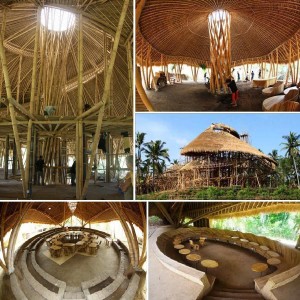 planning against unlikely outcomes.As one of the conferences other speakers, John Stewart, former head of Bali’s Green School, suggested this harnessing of risk opportunity is stifling our youth. He asked, “How is that some children grown up having never climbed a tree? Having never planted a garden?” It makes you think are we raising children who will be afraid of life?
planning against unlikely outcomes.As one of the conferences other speakers, John Stewart, former head of Bali’s Green School, suggested this harnessing of risk opportunity is stifling our youth. He asked, “How is that some children grown up having never climbed a tree? Having never planted a garden?” It makes you think are we raising children who will be afraid of life?
Schools say they encourage risk-taking. The IB learner profile highlights it in its core 10 attributes, but what type of risks are we talking about? Its one thing to offer supervised ‘risks’ within the classroom; is raising your hand and answering a question a risk for some? Sure, for some it might be. Just as likely as could be hoping over a huge mud puddle. Yet, in most schools, teacher’s would tell the students to please not jump over the muddle puddle, because you may well get… dirty.
And what if a child did get dirty, or worse yet twisted their ankle. Would that be good, probably not, but wouldn’t it be a learning opportunity, and isn’t that what schools are for; to create and enhance those opportunities?
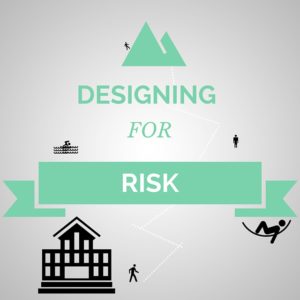 Be it constructivist, problem based or experiential most philosophies or approaches to learning focus on varied experiences and the reflections that come out of them. So why then do school’s and education at large, try to remove those opportunities by developing risk management flow charts and stagnant daily routines? In the end it seems many schools end up being risk-avoiders rather than risk-takers.
Be it constructivist, problem based or experiential most philosophies or approaches to learning focus on varied experiences and the reflections that come out of them. So why then do school’s and education at large, try to remove those opportunities by developing risk management flow charts and stagnant daily routines? In the end it seems many schools end up being risk-avoiders rather than risk-takers.
It seems obvious, despite this trend, that we need to look for opportunities to allow our student to take real risks. So when we are designing schools’ spaces what risks can we provide our students? Can we let them climb trees? Can we allow them to freedom to monitor and choose their movements throughout a school? Can we provide them the full power of the Internet to research rather than stifling them with firewalls? Can we let them loose in a city, planning their own field trips? Do we provided open areas? Are we allowing our student to feel the rain on their faces?
What risks do your schools design for? Let us know if the comments….
Here is a collection of places you can buy bitcoin online right now.


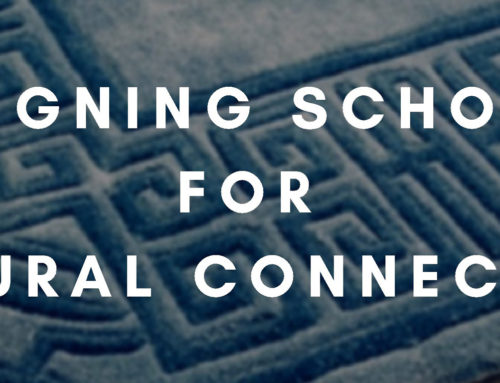
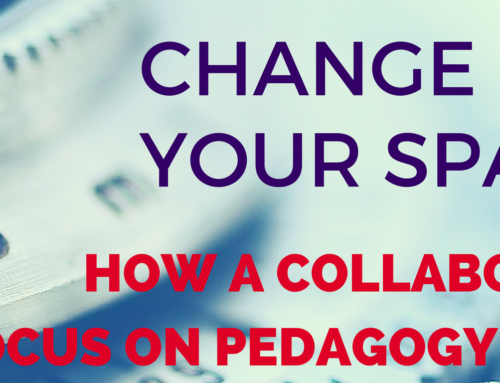



Hey Nathan,
I couldn’t agree with you more. Our students these days are so sheltered that they aren’t learning as much as they should. Even as a parent, I struggle with how much risk should I allow my children to take. On one hand, I know they learn from falling, playing in the rain and rolling in mud but on the other hand I worry for their safety and don’t want them to suffer any injuries that would affect them for life.
But we need our kids to be risk takers, most of our forefathers were risk takers and that’s how they have built our countries to what it is today. So if we are building the future of our nations, we need to teach them how to take calculated risk.